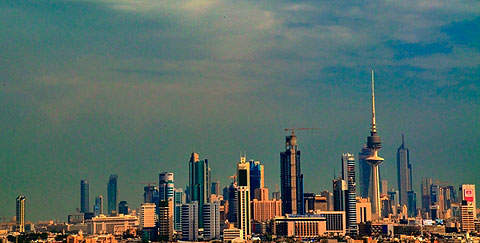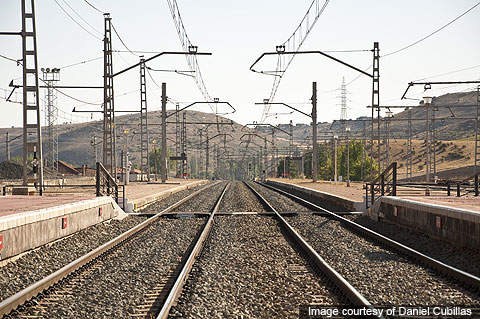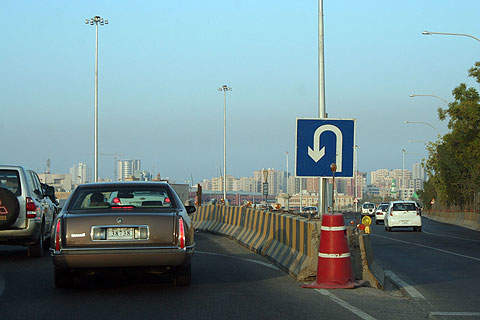The Kuwait Metro Rail is a 160km-long inner-city transport running across the city. It is the first metro rail project and the second private-public partnership project launched by the Government of Kuwait since 2009.
Estimated to cost $7bn, the government will own 10% of the project and raise 50% of the funds through an initial public offer. The remaining 40% will be held by the private developer.
The project aims to ease the increasing traffic congestion on the city roads in addition to improving the quality of life by resolving daily commuting problems. The project is part of the $25bn GCC railway project, which begins at Kuwait and runs to Muscat via Saudi Arabia, Bahrain, Qatar and Saudi Arabia.
The Public Authority for Roads a Transport (PART) of Kuwait disclosed the five-phased construction plan for the metro project in January 2020. The metro is expected to be serviced by 68 stations after its completion.
Kuwait Metro Rail project
The project is being undertaken under the co-direction and supervision of Ministry of Communications and the Spanish training company Ingenieria & Consultoria de Transporte (INECO), which provided a master plan for the system.
Project feasibility studies were carried out by a consortium of Al Dashti, INECO and the local Kuwait United Development group in 2006, which were completed in May 2010. The feasibility study for roadway design and transportation network was completed by a US consultant, Parsons Brinckerhoff.
The project was expected to enter the execution stage by the end of 2010, while the project completion was expected by 2016, but this was delayed due to technical and other reasons.
The project will have four lines, each of which will be tendered as a separate project.
Lines and routes
Line 1 is 23.7km long and will connect Kuwait’s southern metropolitan area with the centre of the city and the main university. The line will have 19 stations.
Line 2 will be 21km long, connecting the main business district with the residential areas of Salmiya and Hawally. The line will have 27 stations.
Line 3 will have 15 stations and will be 24km long.
Line 4 will be 22.7km long and will connect city centre with Kuwait International Airport. It will have 15 stations, serving residential areas and the Shuwaikh Industrial Zone.
Traffic management system in Kuwait
The Kuwait metro rail project has come in the wake of traffic congestion problems in the country. Though Kuwait has a well-maintained, modern and extensive road network, it lacks a railway system. There has been an increase in the number of vehicles on road due to cheap petrol prices.
Adding to its woes is the growing number of expatriates in the country. According to 2007 estimates, Kuwait had a population of around 3.5 million, of which two million were non-nationals.
Speeding, lax enforcement of traffic regulations and high density traffic have led to frequent and often fatal accidents on Kuwait’s roads. Kuwait has the highest per capita rates of cell phone ownership in the world and using them while driving continues to remain legal. Use of cell phones while driving has further increased the number of accidents.
These reasons have forced the government to introduce a metro rail system in the state.
Future
Kuwait Metro Rail project has been initiated to reduce the traffic problems. The intention is to extend Line 1 by 57.3km and Line 2 by 16.4km in future.










